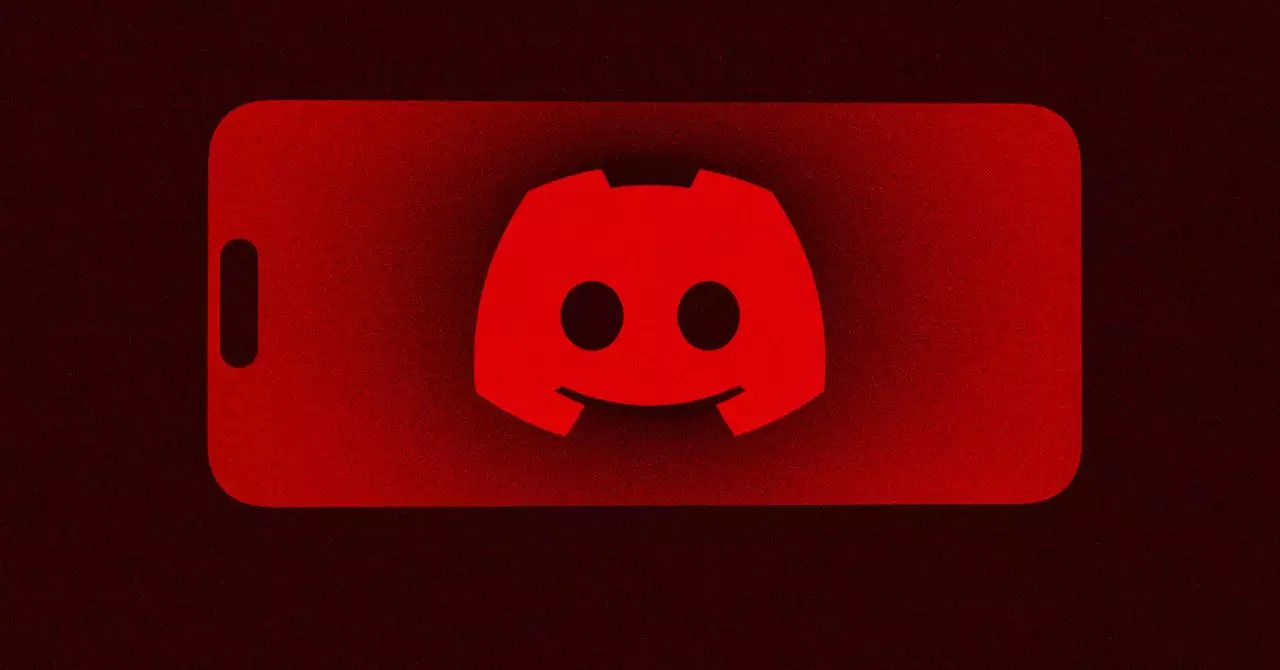Discord, a commonly used platform for messaging and community interaction, finds itself embroiled in a significant legal battle as the state of New Jersey has decided to sue the company. This legal action is steeped in serious allegations of engaging in “deceptive and unconscionable business practices,” particularly concerning the safety of its younger user demographic. The lawsuit, initiated after an extensive investigation by the New Jersey Office of the Attorney General, suggests that despite the company’s stated intentions and policies aimed at protecting minors, Discord has inadequately safeguarded its younger users against various risks prevalent in a digital communication environment.
New Jersey’s Attorney General Matthew Platkin has voiced strong concerns that resonate beyond mere corporate conduct; they tap into the moral obligation of tech companies to prioritize user safety, particularly for children. The AG’s strong stance is propelled by alarming incidents, including personal anecdotes of underage users circumventing age restrictions, and larger societal issues, such as the role of social media in the Buffalo mass shooting, which was reportedly linked to Discord. Indeed, these contexts illustrate a troubling convergence of mental health crises and digital platform design, calling for urgent scrutiny and reform.
Legal Grounds and Implications for Business Practices
The foundation of the lawsuit pivots on allegations that Discord has breached the state’s Consumer Fraud Act. Central to this claim are Discord’s own policies intended to keep children under the age of 13 off its platform and protect teenagers from exploitative content. However, the gap between stated policy and actual practice raises serious questions about corporate accountability in a digital space where children interact freely with potentially harmful content.
Discord has established specific safety measures, including message scanning and filtering options intended to limit inappropriate interactions. Still, the AG argues that these measures are insufficient, particularly noting that default settings do not adequately protect younger users. The categorization of filtering options—ranging from “keep me safe” to “my friends are nice”—is at the crux of the state’s argument. Critics suggest that by allowing teens to select preferences that diminish their protection against unwanted contact, Discord is, arguably, complicit in creating a dangerous landscape for its users.
The Reality of Corporate Responsibility
The lawsuit comes amidst a broader wave of legal challenges facing tech giants, reflecting an increasing willingness of states to hold social media companies accountable for their impact on youth. As AG Platkin aptly stated, the overarching sentiment is that companies have, historically, prioritized profits over the welfare of their young users. This tension begs a critical assessment: how much responsibility should a platform hold for the actions of its users, and to what extent should it go to ensure that minors are safe while using their services?
Advocates for youth safety argue that companies should conduct age verification more rigorously—especially in a time when data suggests that children can easily bypass age restrictions. Discord’s challenges have been compounded by the very architecture of its platform, which thrives on community interaction but also exposes users to risks traditionally associated with open online forums. The absence of comprehensive age-check systems raises the question of how effectively social media can self-regulate within the bounds of ethical responsibility.
The Call for Effective Solutions
As the legal ramifications play out, there lies an opportunity for a larger dialogue about how to create a safer digital environment for the next generation. Regulatory measures, including comprehensive age verification, default safety settings that prioritize user wellbeing, and increased transparency regarding user data and interactions, could establish a standard for responsible practice.
Moreover, a collaborative approach involving lawmakers, tech companies, mental health organizations, and educators might pave the way for innovative solutions that ensure children can safely engage with digital platforms. As societies evolve, so too must the frameworks that govern online interactions, balancing innovation and safety effectively.
The Discord lawsuit is just one of many developments depicting the tumultuous nature of digital platforms today. As scrutiny intensifies, it serves as a wake-up call for tech companies to evaluate their internal policies and practices critically. The path forward will demand a concerted effort to harmonize user engagement with the vital necessity of keeping children safe in an increasingly interconnected world.

